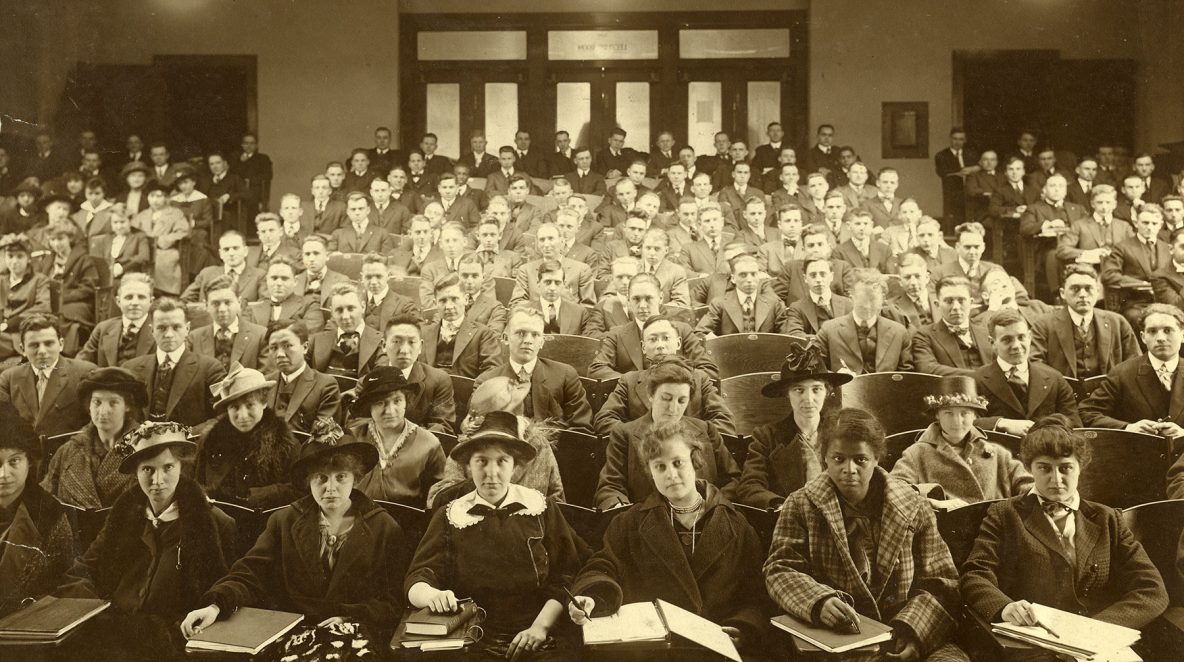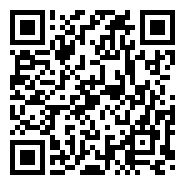日志
Chinese Students at the University of Illinois
||
On February 12, 1912, revolution in China destroyed an ancient tradition. When Emperor
Pu Yi abdicated, the imperial government, which had for millennia been the helm of
Chinese politics, was no more. Meanwhile, on the other side of the world, Chinese
students at the University of Illinois were already one step ahead of events at home.
Several years earlier, government and private sources in China had begun to fund study
abroad, a development resulting from the increasingly apparent inability of traditional
ideas and technologies to resist economic exploitation by European powers.
These students studying abroad were acquiring the ideas of the West, from
political thought to civil and electrical engineering, in an effort to modernize their home
country. In the context of a revolution, their knowledge became doubly important for the
reforming and rebuilding of a nation.
Although dispersed among many different universities, the Chinese students tried
to maintain close contact with one another through the Chinese Students’ Alliance, a
national organization that distributed lists of names, published the Chinese Students’
Monthly, and hosted annual gatherings. On a local level, the Chinese at the University of
Illinois formed the Chinese Students’ Club, the center of their organized activities.
By 1918, the Chinese Students’ Alliance listed 1124 Chinese students studying in
the United States. Of these, 40 attended the University of Illinois, the seventh largest
Chinese population at any school in the U.S. This figure would jump to 69 in two years.
As reported in the Daily Illini, Illinois graduates were well-respected in China after
returning home, and they recommended the university to other prospective students.
These Chinese students most commonly went into fields such as engineering,
medicine, education, and political science, where their studies might contribute to the
progress of China. Beyond their studies, however, the Chinese students at the University
of Illinois were often involved in spreading awareness of Chinese culture—selling
traditional Chinese items at bazaars or putting on plays. The club also published “Young
China,” a pamphlet explaining events in China to Americans. This suggests that to some
extent, these students saw themselves as the link between China and America in the
absence of a well-established government in China. Indeed, temporary Chinese students
in America were of sufficient significance that President Calvin Coolidge wrote a letter
of encouragement to the organizers of their annual gatherings.
While the Chinese students had a unique purpose for their studies, though, in
some ways they were just like any other college students. The primary attraction of the
1913 Chinese Students’ Alliance Midwest Conference, held at the University of Illinois,
was a multitude of contests, from Chinese and English debate and oration to track and
field, soccer, tennis, baseball, and target shooting. Describing the intensity that the
students had in such recreation, a pamphlet cited the “keen competition between different
clubs and individuals and the great enthusiasm among the members of various
committees.”
As for the American students, while the early-twentieth century was a time of
generally high anti-Chinese sentiment, students at the University of Illinois seemed to
accept the visiting Chinese students. Perhaps this was because they did not compete for
jobs. University President Edmund J. James undoubtedly also contributed to an amicable
atmosphere; James demonstrated a genuine interest in aiding China, even writing to the
President of the United States on behalf of China’s interests.
However, as evidenced in articles from the Daily Illini, there was a patronizing
undertone in the relationship between Americans and the Chinese students. One article in
praise of a show by the Chinese Students’ Club describes three fortune-tellers in the play
as “playing Chinese music and singing Chinese songs in the most absurd fashion.”
Another article demonstrated naïve optimism and confidence that what American
universities taught the Chinese students could make China a “happier, more peaceful
nation.” It was an indication of the limits of understanding between the U.S. and China.
The Chinese students themselves were also full of optimism, but as the years wore
on, the situation at home did not improve. With the prevalence of civil war, progress in
modernization lagged. In 1926, Illinois was once again host of the Chinese Students’
Alliance Midwest Conference. This time, however, the focus was not on sports but rather
a “constructive programme for China,” a broad conference theme which asked each
student to contribute his or her own expertise to the development of China. There was a
sense of urgency in the words of the Sao-ke Alfred Sze, Minister to the U.S., that were
printed in a pamphlet for the event. He mentioned the role of students in the May 30
Movement as if to tell the students in America that they, too, owed sacrifices to their
country.
In addition, conditions in the U.S. became more hostile. Although the
Immigration Act of 1924 made an exception for temporary students, it stepped up earlier
restrictions and essentially banned the immigration of most Chinese. A global depression
soon distracted the West from events in China, while China itself began to fall into
turmoil.
When the Chinese at the University of Illinois returned home, they spread and
applied their learning. Most of these graduates disseminated their learning by teaching at
universities in China, but some made more specific contributions as well. One alumnus
invented a Chinese typewriter, and another became a justice of the Supreme Court of
China. A third Illinois graduate introduced vegetables and fruit trees from the U.S. to
Chinese farmers. Ultimately, this attempt at modernizing mainland China would be
unsuccessful, leading to the Communist takeover and a backlash against many American
ideas. Nonetheless, the Chinese students who immigrated to study in America made an
important early contribution to the acceptance of modern Western ideas. It was the first
step of a century-long journey towards a modern China. [From “The Chinese Republic.”
Daily Illini [Champaign-Urbana] 11 Oct. 1922: 4. Illinois Digital Newspaper Collection.
University of Illinois. (Aug. 28, 2007); Chinese
Students’ Alliance. The Chinese Students Directory; Chinese Students’ Alliance. The
Fourth Annual Conference. Urbana-Champaign, IL: 1913; Chinese Students’ Alliance.
The Seventeenth Annual Conference. Champaign-Urbana, IL: 1926; “Chinese Students
Portray Customs of Native Land.” Daily Illini [Champaign-Urbana, IL] 13 Jan. 1917: 1.
Illinois Digital Newspaper Collection. University of Illinois.
(Aug. 28, 2007); “Foreign Students Write Mrs.
Baker.” Daily Illini [Champaign-Urbana] 22 Sept. 1922: 10. Illinois Digital Newspaper
Collection. University of Illinois. (Oct. 17, 2007);
Frazier, J. A. “Chinese Outnumber Other Nationalities.” Daily Illini [Champaign-Urbana,
IL] 10 Nov. 1920: 8. Illinois Digital Newspaper Collection. University of Illinois.
(Aug. 28, 2007); United States. Dept. of Labor,
Treaty, Law, and Rules Governing the Admission of Chinese; Who’s Who of American
Returned Students. Peking, China: 1917; and “Young China Brings East to Americans.”
Daily Illini [Champaign-Urbana] 27 Nov. 1920: 6. Illinois Digital Newspaper Collection.
University of Illinois. (Aug. 28, 2007).] 










